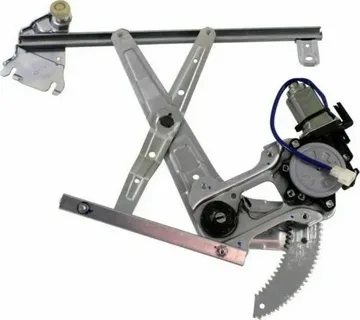Translator Devices vs. Phones: Which One Delivers More Accurate Translations?

How Do Translator Devices and Phones Process Languages?
Language translation technology has evolved significantly, with both translator devices and smartphone translation apps offering real-time solutions. Translator devices are purpose-built gadgets designed specifically for translation, often equipped with offline capabilities and advanced neural networks. On the other hand, smartphones rely on software-based applications, such as Google Translate or Microsoft Translator, which utilize cloud computing and artificial intelligence (AI) to interpret languages. The fundamental difference lies in their processing power and dedicated functionality, which can affect accuracy and reliability.
What Factors Affect Translation Accuracy?
Several factors influence the accuracy of translations, including:
-
Artificial Intelligence (AI) Algorithms: More advanced AI models improve translation precision.
-
Context Awareness: Understanding idiomatic expressions, slang, and cultural nuances.
-
Voice Recognition Quality: Capturing clear speech input to minimize errors.
-
Offline vs. Online Capabilities: Internet-dependent tools may have access to larger databases, but dedicated devices often function reliably without connectivity.
-
Multiple Language Support: Some tools perform better with widely spoken languages while struggling with less common ones.
Both translator devices and phone apps rely on these elements, but the degree of optimization varies between the two.
Are Dedicated Translator Devices More Accurate Than Phones?
One of the biggest advantages of translator devices is their dedicated hardware and software, fine-tuned for real-time language processing. These devices often incorporate superior microphones, noise-canceling features, and AI-driven contextual translation to ensure more precise outputs. Many models also support offline translation, allowing users to communicate in remote locations without an internet connection.
By contrast, smartphone translation apps depend heavily on internet connectivity to access extensive language databases. While they can deliver high-quality translations, issues such as background noise, poor microphone quality, and limited offline functionality can reduce accuracy. However, some high-end smartphones offer AI-powered on-device translation, closing the gap with dedicated devices.
How Do Translator Devices Handle Real-World Conversations?
Real-world conversations often involve complex sentence structures, regional dialects, and informal speech, which can be challenging for machine translation. Translator devices generally offer more consistent performance due to specialized hardware. Some models even include dual-microphone setups, making them ideal for noisy environments such as streets, markets, or public transport.
In comparison, smartphone apps struggle when multiple people are speaking at once or when the speaker has a strong accent. While some premium apps attempt to filter out background noise, they often fall short of the precision offered by dedicated devices.
Are Smartphones More Convenient for Translation?
Convenience plays a significant role when choosing between translator devices and smartphone apps. Since most people carry a smartphone at all times, translation apps are easily accessible and do not require an additional device. With cloud-based updates, smartphone apps can improve over time without needing hardware upgrades.
On the other hand, translator devices may require users to carry an extra gadget. However, their dedicated functionality, long battery life, and superior performance in offline conditions make them a preferred choice for frequent travelers, business professionals, and multilingual settings.
How Reliable Are Offline Translations?
Offline translation is a major factor for users traveling in regions with limited internet access. Dedicated translator devices typically come with pre-loaded language databases, allowing them to function effectively without an internet connection. This feature ensures uninterrupted translation accuracy in remote areas, airplanes, or international borders.
Smartphone translation apps often require constant connectivity to access their extensive databases. While some apps offer limited offline capabilities, the translations may be less accurate due to the smaller offline vocabulary.
Which Option Is More Cost-Effective?
Cost is another key consideration when comparing translator devices and smartphone apps. Most translation apps are either free or available through a subscription model, making them cost-effective for casual users. High-end smartphones also integrate AI-driven translation capabilities, eliminating the need for external purchases.
In contrast, dedicated translator devices range from $100 to $400, depending on features and language support. While they require an initial investment, their accuracy, reliability, and offline functionality can justify the cost for frequent travelers, business users, and professionals.
What’s the Verdict: Are Translator Devices or Phones Better?
Ultimately, the choice between translator devices and smartphone translation apps depends on individual needs. If you need highly accurate, real-time translations in challenging environments, a translator device is the better option. Its offline functionality, dedicated microphones, and noise cancellation make it superior for business meetings, travel, and professional use.
However, for casual users or those who prioritize convenience, smartphone apps are a great alternative. They offer cost-effective, cloud-based translations with constant improvements through AI updates. While they may struggle in noisy environments or offline settings, they remain a practical solution for everyday translation needs.
If you’re wondering, are translator device better than phones, the answer depends on how and where you use them. For maximum accuracy and reliability, a dedicated translator device is the best choice. However, if you prefer a more accessible and budget-friendly option, a smartphone app will serve you well in most situations.






